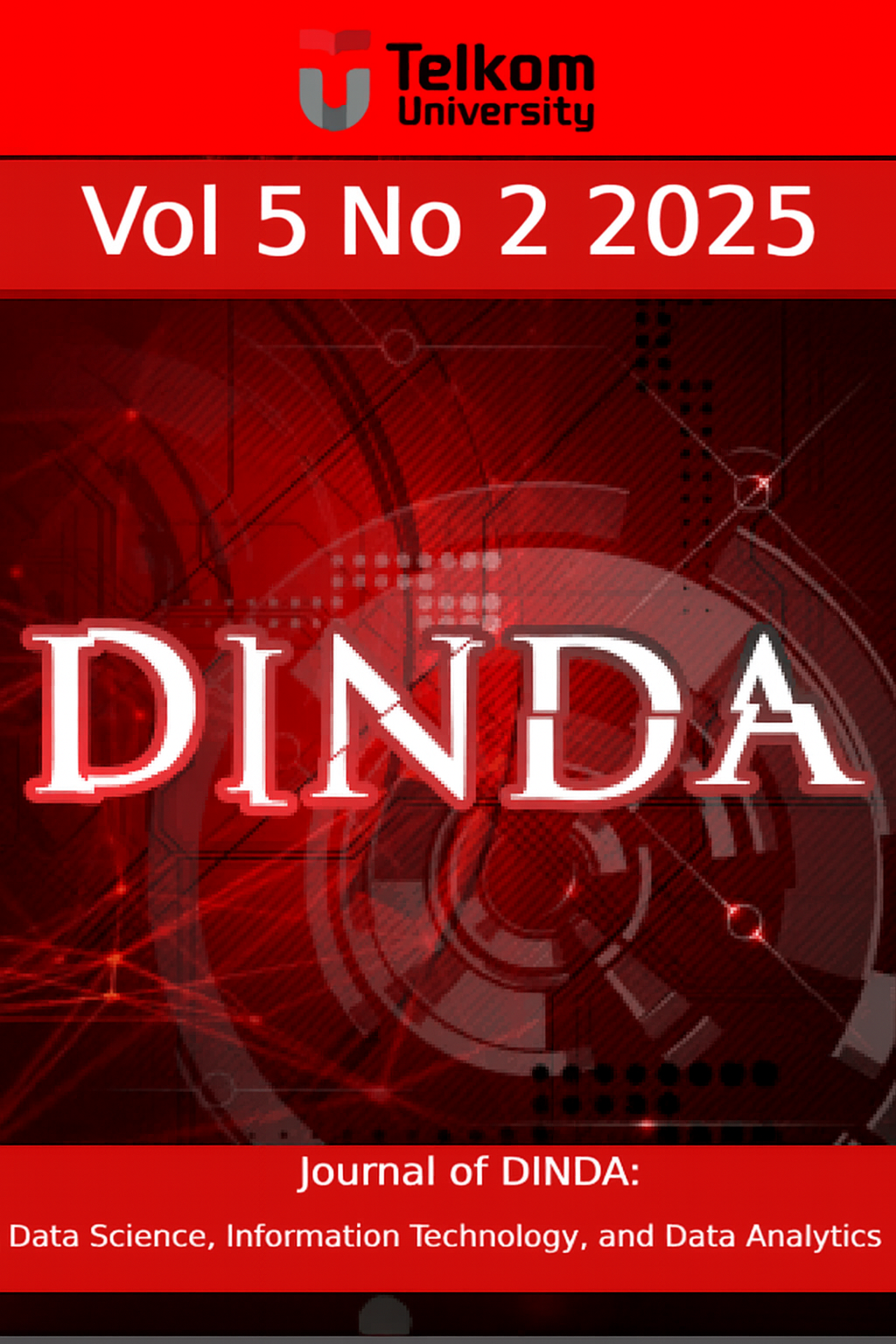Classification of Indonesian Disasters with Decision Trees Based on Spatial and Text Data
Abstract
Indonesia is one of the countries with a very high level of natural disaster vulnerability. The types of disasters that frequently occur include earthquakes, floods, landslides, volcanic eruptions, and others. This is because Indonesia is located at a geographical position where three world tectonic plates meet and has tropical climate conditions that make it prone to disasters. Therefore, Indonesia needs a system that can classify disaster types automatically and accurately to help the decision-making process quickly and accurately. This research aims to develop a natural disaster classification model based on information such as location (regency and province), time of occurrence (date), and causes that lead to disasters. The method used for classification in this research is the Decision Tree algorithm, because this algorithm can handle both numerical and categorical data and has high interpretability. Classification processing is also performed using textual cause data using Term Frequency-Inverse Document Frequency (TF-IDF) technique to convert text format into numerical form that can be processed by machine learning algorithms. The dataset obtained from the National Disaster Management Agency (BNPB) is open source. Test results show that the trained Decision Tree model can classify disaster types with an accuracy of 87%. This model also shows good precision, recall, and f1-score values in each disaster category. It is hoped that the results of this research can help in developing historical data-based disaster detection systems and assist government and society in responding to disasters more effectively and efficiently.













